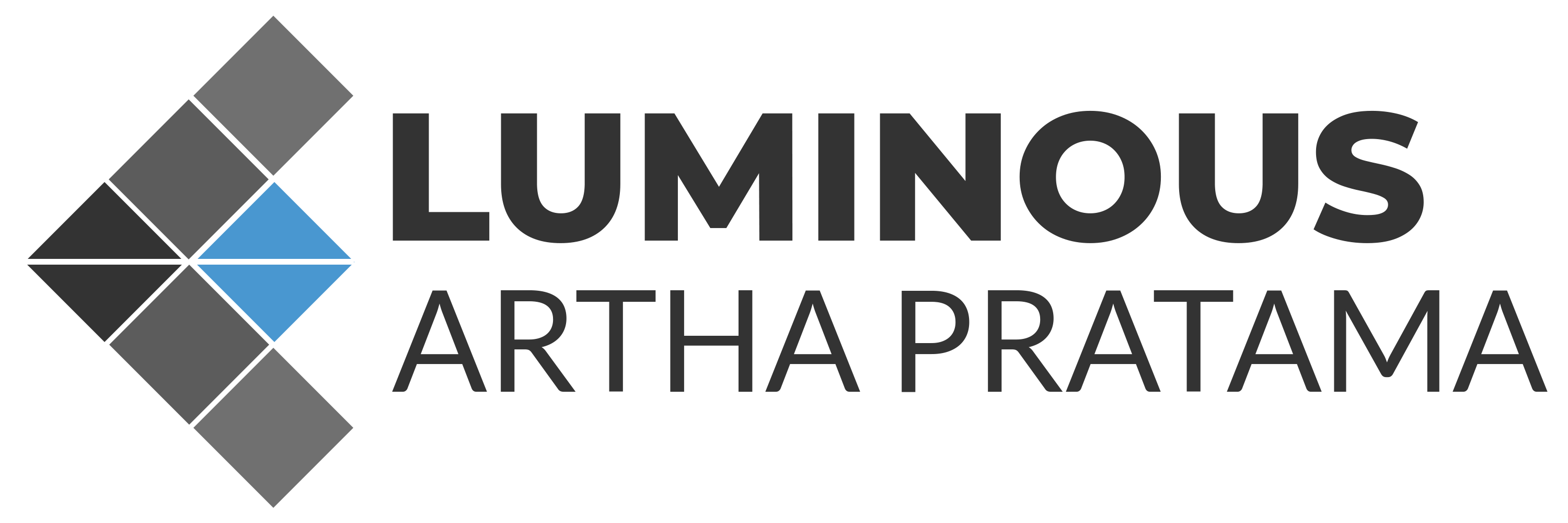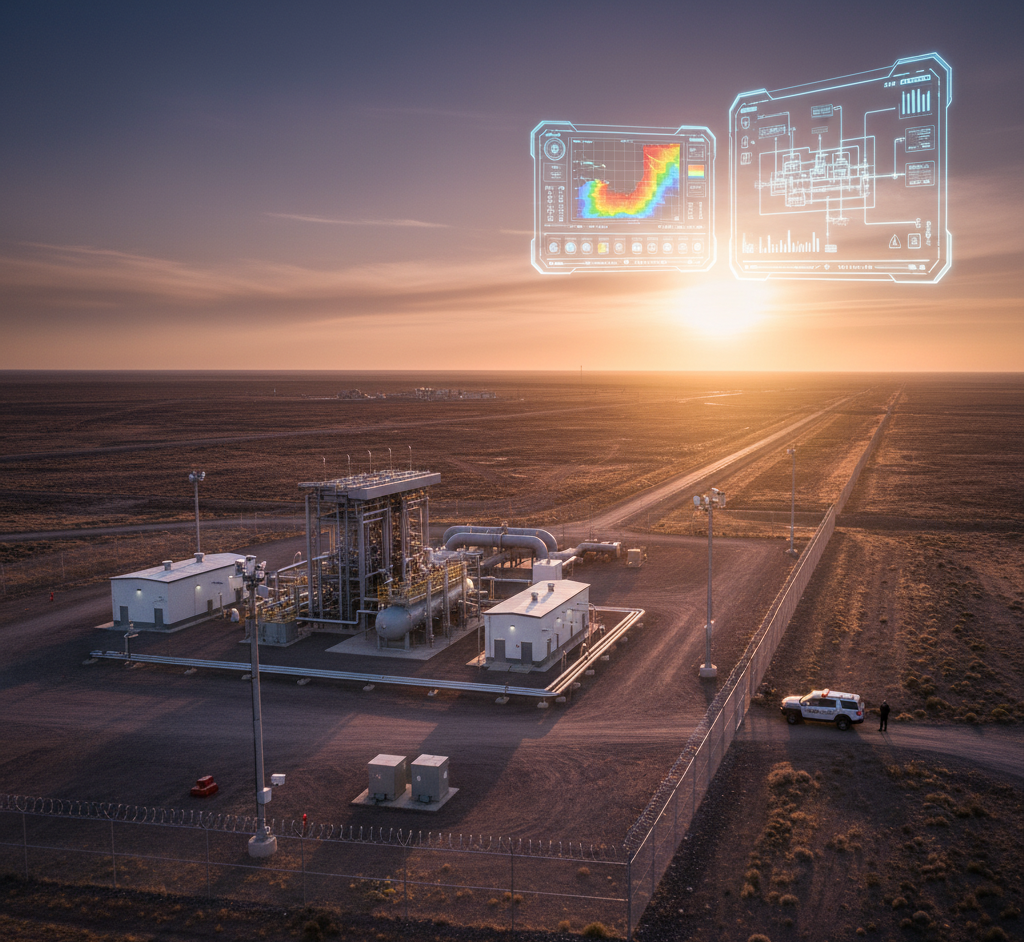Awesome—here’s Article #3 in a complete Yoast-ready package, professionally written and backed by authoritative sources.
Pipeline And Remote Site Protection With API 780
Focus keyphrase: API 780 pipeline security risk assessment
Slug: api-780-pipeline-security-risk-assessment-remote-sites
SEO title: API 780 Pipeline Security Risk Assessment Pipeline And Remote Site Protection With API 780
Meta description (150–160 chars): API 780 pipeline security risk assessment for compressors, wellpads, and ROWs with steps, controls, and audit-ready practices for remote assets.
Featured image prompt (for designer/AI):
“Remote oil and gas pipeline right-of-way across rugged terrain with compressor station, fence line, patrol vehicle, CCTV mast, and control system screens, photorealistic, wide angle.”
Suggested image alt text: “API 780 pipeline security risk assessment at a remote compressor station and right-of-way”
Introduction
API 780 pipeline security risk assessment helps operators identify credible threats, evaluate vulnerabilities, and prioritize countermeasures for remote assets such as compressor and pump stations, metering sites, wellpads, and long linear rights-of-way. The standard is current and was reaffirmed in 2022, making it a reliable foundation for today’s programs. (NormSplash)
Why API 780 Fits Pipelines And Remote Facilities
Pipeline systems combine dispersed locations, public interfaces, and control dependencies. U.S. Pipeline Security Guidelines from TSA explicitly reference ANSI/API 780 as a foundational resource for assessing security risks in pipeline operations, which often extend into remote and unmanned sites. (Transportation Security Administration)
Industry and government materials also frame API 780 and API RP 781 (Facility Security Plan) as complementary—assessment first, then planning—so outputs flow into an actionable Facility Security Plan. (standards.globalspec.com)
Sector guidance underscores that fences, patrols, and monitoring are core layers for above-ground pipeline facilities, with TSA’s guideline set positioned as the leading physical security reference for pipelines. (INGAA)
A Practical Workflow For Remote SRA Campaigns
- Define scope and assets across ROW segments and above-ground sites (compressor, pump, meter, block valve).
- Identify credible threats such as intrusion, theft, tampering, sabotage, vandalism, and cyber-physical actions that affect operations.
- Assess vulnerabilities in access control, detection coverage, response time to remote alarms, and OT/ICS exposure of control rooms and RTUs.
- Estimate likelihood and consequence with criteria reflecting safety, environmental, service disruption, and community impact.
- Prioritize layered countermeasures sized to risk and remoteness (deterrence, detection, delay, response) and align them with your Facility Security Plan. (standards.globalspec.com)
- Document, test, and review actions; refresh after route changes, new interconnects, or emerging threats to keep assumptions current. (NormSplash)
Control Measures That Work In The Field
- Perimeter and access for remote compounds with appropriate fencing, gate hardening, and lock control. Field guidance highlights fencing and patrols as baseline layers for above-ground sites. (INGAA)
- Detection and analytics including pole-mounted cameras, line-cross analytics, and fiber or microwave intrusion detection sized for terrain and wildlife conditions.
- Response design that shortens detection-to-dispatch cycles for isolated facilities, supported by patrol patterns and mutual-aid coordination.
- OT and telemetry protections that tie control system risks to operational consequences; pipeline cybersecurity guidance complements SRA by addressing ICS/DCS and SCADA exposures. (Transportation Security Administration)
Documentation That Satisfies Auditors And Stakeholders
Keep a clear risk register that links each recommendation to a threat, vulnerability, and consequence category. Use the API 780 vocabulary consistently, then translate results into a Facility Security Plan structure per API RP 781 so auditors can trace recommendations to procedures, drills, and maintenance tasks. (standards.globalspec.com)
Benefits You Can Expect
- Stronger prioritization for dispersed assets using a standards-based method recognized across the sector and reaffirmed for current use. (NormSplash)
- Alignment with policy through the TSA guideline set that cites API 780, supporting risk-based investments at remote sites and along ROWs. (Transportation Security Administration)
FAQ
How often should remote sites be reassessed?
Update assessments after route changes, facility upgrades, new threat intelligence, or on a defined cadence to keep residual risk and patrol plans current. This aligns with the standard’s reaffirmed status and intent. (NormSplash)
Does API 780 cover cyber risks on pipeline control systems?
API 780 provides the risk assessment framework. Pair it with pipeline cybersecurity guidance and control system references to ensure cyber-physical scenarios translate into operational mitigations. (Transportation Security Administration)

